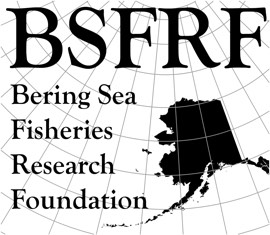The 2024 Alaska Marine Science Symposium (AMSS) featured several compelling presentations on ongoing crab research in the Bering Sea. Researchers from NOAA and the Alaska Department of Fish & Game shared their latest findings on critical topics, such as the poor energetic condition of Bering Sea snow crab, distribution models to aid Bristol Bay red king crab (BBRKC) management, advanced methods for tracking crab movement, and the effects of ocean acidification on crabs.
Erin Fedewa from NOAA presented innovative research conducted collaboratively with Louise Copeman on the poor energetic condition of Bering Sea snow crab during a period of unprecedented population collapse. Emily Ryznar, also from NOAA, shared results from a suite of species distribution models (SDMs) that use catch data (directed and bycatch) to improve our understanding of the distribution patterns of BBRKC. This model evaluated factors contributing to bycatch incidents, including depth, tidal changes, and other oceanographic variables, providing novel insights for management strategies. In addition, Elizabeth Hasan (AD&G) presented results of multi-platform acoustic telemetry, combining passive acoustic and active acoustic listening devices through autonomous underwater vehicles (AUVs) to track the movement of tagged Tanner crab near Kodiak, AK, a method that could expand options for tracking the movement of crab.
Crab researchers also presented several posters. Leah Zacher (NOAA) shared an overview of the multi-year tagging efforts to aid in understanding the seasonal movement of BBRKC, and Andrew Nault (ADF&G) presented a new method to improve pop-up satellite location estimates. Additionally, Chris Long (NOAA) presented results from laboratory studies seeking to understand the impact of ocean acidification on snow and Tanner crab in Bristol Bay.
Overall, these presentations from AMSS 2023 showcased advancements and ongoing work to improve our understanding of crab dynamics in the Bering Sea.

